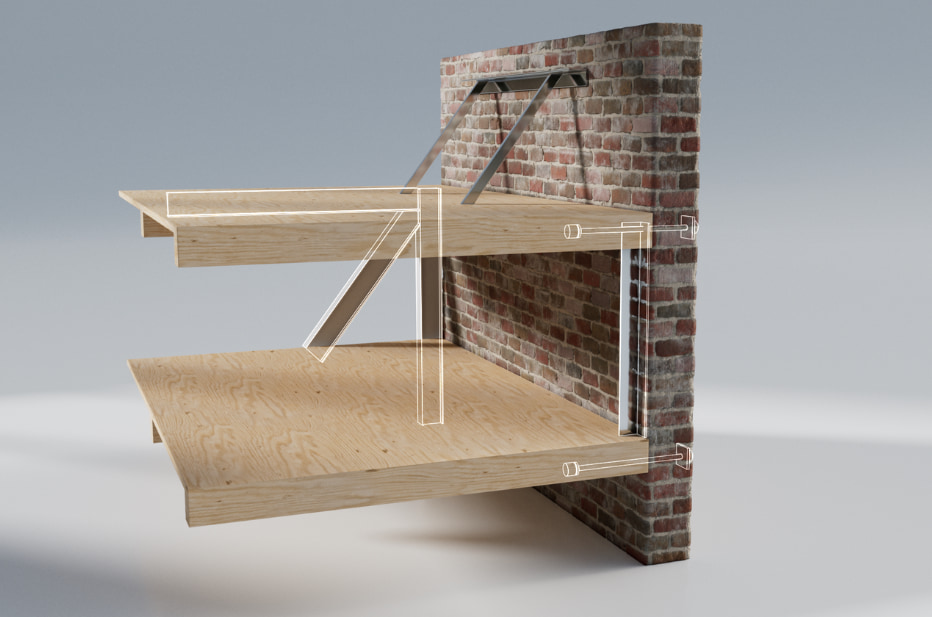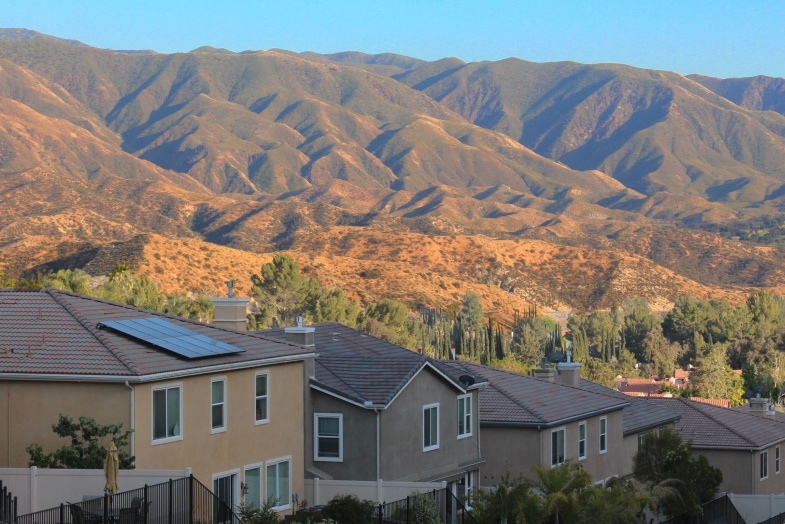Prepare Your Home for Earthquakes
Can your home survive an earthquake? Watch this brief animation and discover a free tool to help answer this question.
Watch NowUnderstanding Earthquake
Protection Options
threat 1

Brace water heater
Prevents water heaters from sliding or overturning causing damage to the gas and water connections and lines. Reduces the potential for water damage, gas leaks, and fires.
Learn Morethreat 2

Upgrade brick masonry chimneys
Prevents damage during earthquakes when chimneys and fireplaces can move differently from the house itself due to their heavy, rigid, and brittle nature.
Learn Morethreat 3
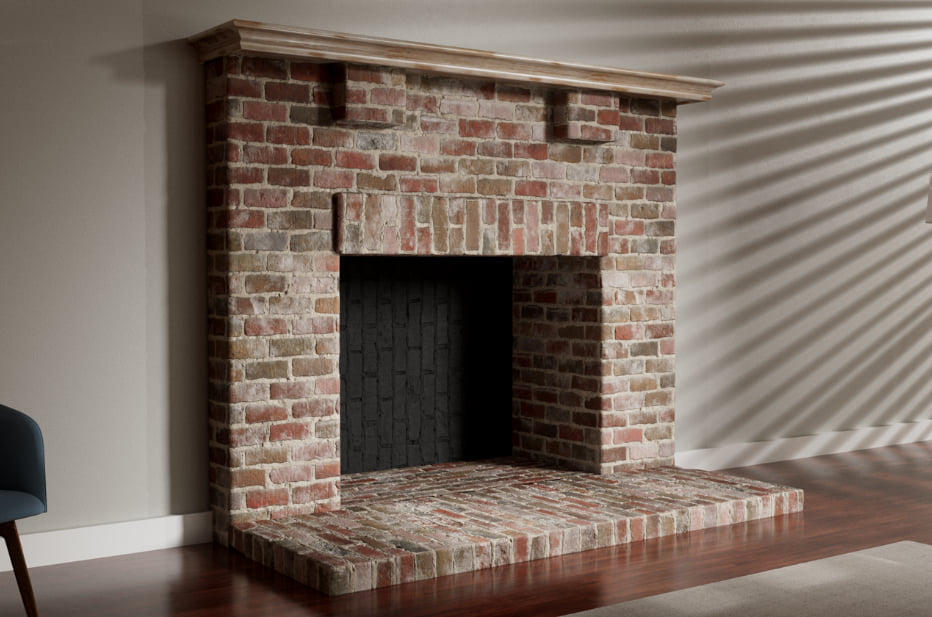
Improve anchorage of masonry fireplace surround
Strengthens the fireplace and prevents masonry cracking and falling during earthquakes.
Learn Morethreat 4
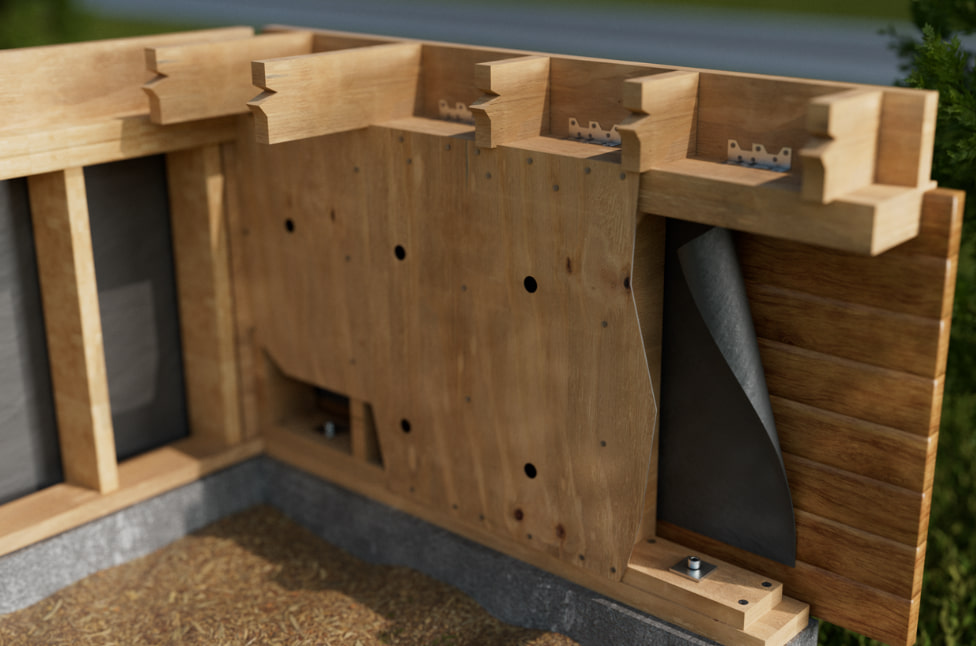
Reinforce cripple walls and crawl spaces
Prevents the house sliding off cripple walls, the buckling and collapse of cripple walls, the house sliding off the foundation, and/or building collapse.
Learn Morethreat 5
threat 6

Strengthen soft and weak story construction
Reinforcing soft and weak story construction prevents story weakness, failure, or collapse due to inadequate strength and inability to support the load above.
Learn Morethreat 7
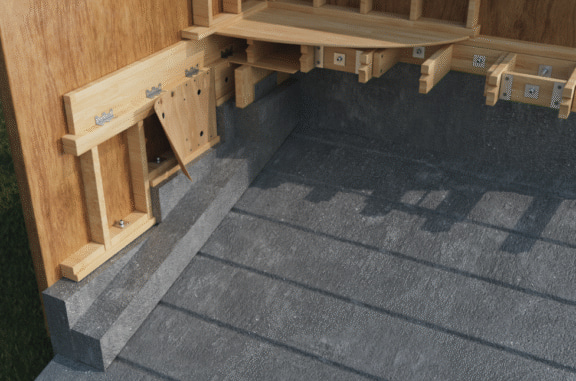
Strengthen anchorage to uphill foundation of hillside dwellings
Prevents severe home damage or collapse when building failures begin with floor framing pulling away from the uphill foundation or foundation wall.
Learn Morethreat 8

Upgrade foundation connections
Prevents the home from shifting off its foundation and possibly collapsing.
Learn Morethreat 9

Install flexible hoses on appliances
Reduces the risk of gas leaks, water damage, and fire by allowing appliances to move without breaking connections during an earthquake.
Learn Morethreat 10

Install automatic gas shut-off valve
Reduces chances of a broken natural gas line and fire-causing leak following an earthquake.
Learn Morethreat 11
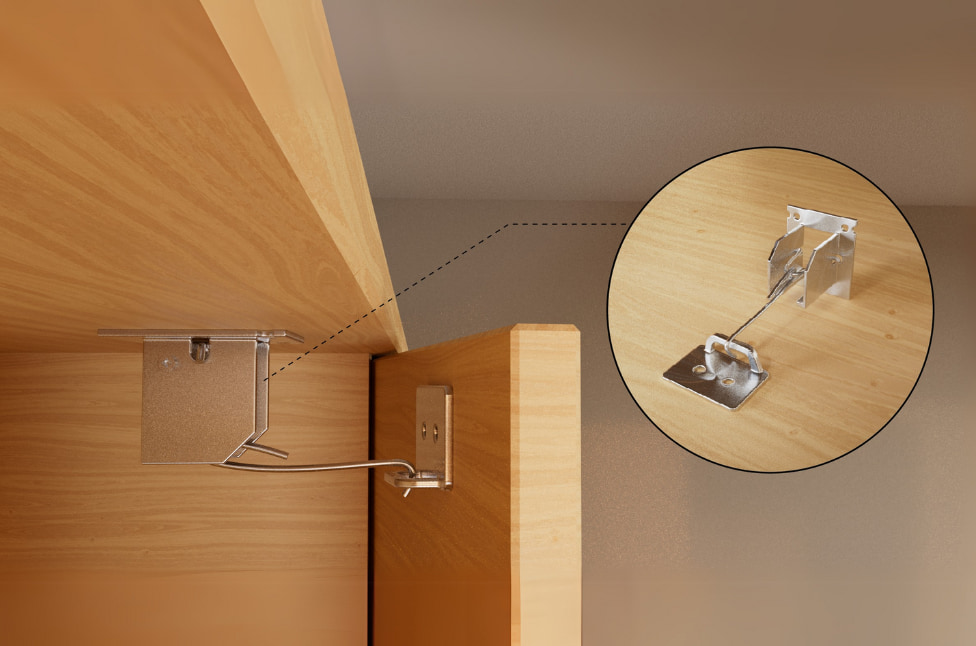
Secure cabinet doors
Reduces the risk of injury and broken glass or dishware by preventing cabinets from flying open and contents from falling out during an earthquake.
Learn Morethreat 12

Secure hanging artwork
Prevents injury and damage by stopping heavy frames, mirrors, or artwork from falling off walls during an earthquake.
Learn Morethreat 13
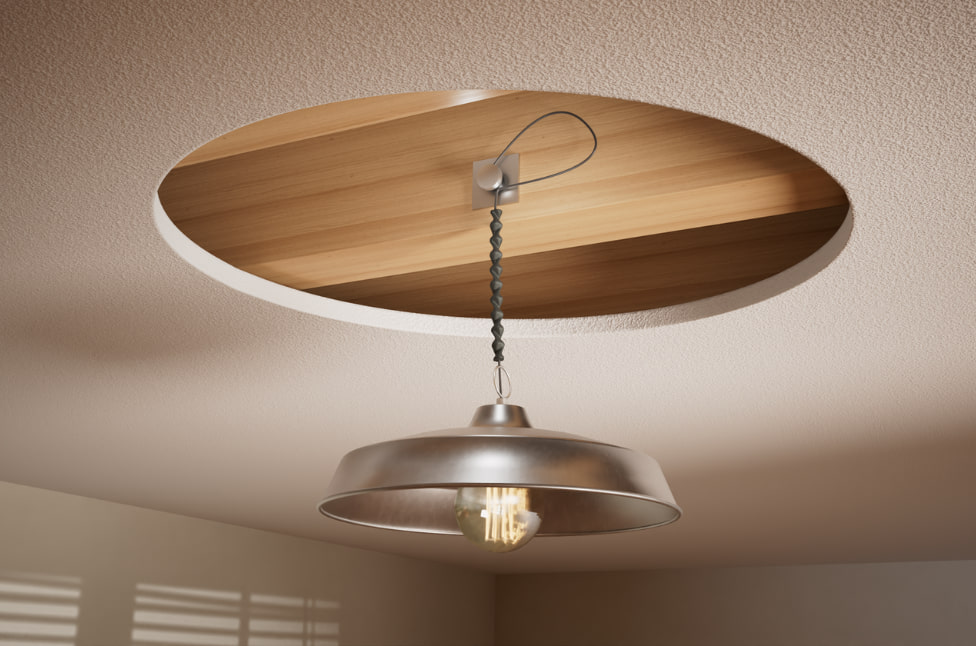 Secure hanging light fixtures with slack safety cables
Secure hanging light fixtures with slack safety cables
Prevents falling light fixtures from causing injury, fire hazards, or damage to your home’s interior during an earthquake.
Learn Morethreat 14
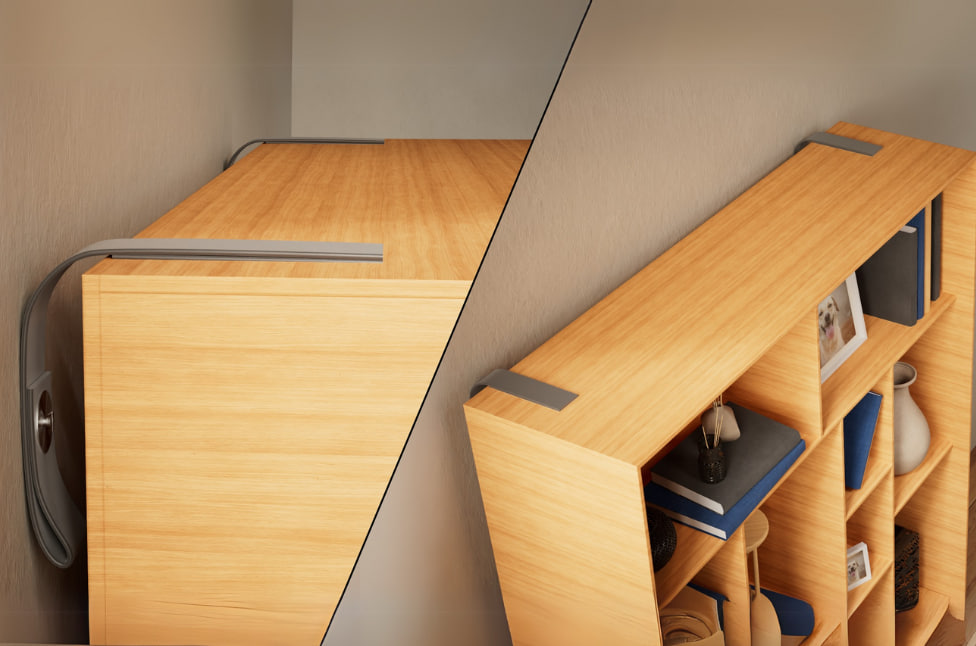
Secure bookcases and heavy furniture
Prevents tipping that can cause serious injury, block exits, or damage walls and floors during an earthquake.
Learn Morethreat 15

Secure vases, picture frames and other small items
Prevents fragile or valuable items from falling, breaking, or becoming projectiles during an earthquake.
Learn Morethreat 16

Secure electronics
Prevents injury, damage, and fire risk caused by falling or shifting electronics during shaking.
Learn MoreCHOOSE AN EARTHQUAKESTRONG HOME
Follow the steps below when building or buying your home.
Earthquake Preparedness Checklist
Review these considerations with your real estate agent, home inspector, contractor, or other trusted advisor if the home is likely to experience an earthquake.
Is the home in an earthquake-prone region?
Earthquake hazard maps identify seismic design categories (SDCs) that show the likelihood of different intensity shaking and provide insights into earthquake risk.
Is the home in an earthquake fault zone?
Avoid homes in an earthquake fault zone, homes at risk of liquefaction or moving like a liquid during earthquake shaking (including homes built on filled land), or homes at risk of a landslide from an earthquake.
Is the home in tsunami inundation, hazard, or evacuation zones?
If you answered yes to any of the above questions, speak with a qualified, licensed engineer, inspector, or local code official to determine the best course of action to protect your home from disasters OR consider a home in another location.
Home shape and design are critical for earthquake resilience. Use the checklist below to determine if your home is built to be resilient to potential disasters.
The home is not located on a hillside or at the base of a hillside.
- Homes on hillsides, including those at the base of hillsides, are highly vulnerable to earthquake-related damage.
The home is located on hard rock as opposed to soft, loose solid which may shake with more intensity.
The house is constructed with regular wall design.
- Irregular wall design or shapes can result in more damage during an earthquake.
Living areas over garages (soft stories) are properly supported.
The foundation sill plate is anchored adequately.
Cripple walls supporting the home above grade and/or the basement are built and braced properly.
Pier-and-post foundations are braced.
Check these wall features:
Hold-down connectors secure the wall’s base to the floor and foundations.
- For wood-frame or light gauge steel construction, structural panels for sheathing with a proper attachment pattern provide important protection from earthquake shaking.
For masonry walls, all cells with rebar reinforcement are grouted and consolidated.
Concrete, masonry walls, and insulated concrete forms are reinforced with reinforcing steel.
Wall coverings like masonry, brick, and stone that add weight to a home are anchored correctly.
Homes made of wood have sheer walls or a moment-resistant frame.
Masonry is reinforced to be resistant to earthquake shaking.
Check the roof-to-wall and wall-to-foundation connections to ensure they are:
Made using the correct product
Adequately spaced
Properly installed
Check masonry and stone veneers
Masonry or stone veneers above four feet tall, such as those on fireplaces or exterior facades, are reinforced and resilient to earthquake damage.
- Masonry or the flue liner may be cracked from an earthquake even without signs of damage.
Evaluate external structures:
Balconies and decks have been evaluated by an engineer to identify strengthening retrofits if needed.
- Balconies and decks increase the earthquake load on the home and can lead to damage.
Check roof features:
Roof sheathing and coverings are properly installed.
- Properly installed roof sheathing and coverings can help avoid damage during earthquake shaking. Improperly installed roof coverings, especially heavy types like slate and tile, could fall during an earthquake and cause injury.
Depending on the age of the home, you may want to undertake certain structural retrofits and upgrades at the time of purchase. Earthquake-specific options include:
Reinforcing exterior unreinforced masonry walls.
Strengthening soft and weak story construction.
Reinforcing cripple walls.
Upgrading foundation connections.
Reinforcing brick and masonry chimneys.
Reinforcing crawl spaces.
Bracing the water heater.
Installing an automatic gas shut-off valve.
Maintain your home to keep it ready for an earthquake by:
Securing heavy objects that could fall and cause injury during an earthquake.
Installing latches on cabinet doors to help prevent the contents from falling out.
Installing bracing or a thin wire across the front of shelves to keep contents in place.
Securing major appliances and electronics.
Securing heavy furniture and electronics with flexible fasteners to prevent them from falling in living or sleeping areas or blocking exits.
Installing flexible connectors on gas appliances to help avoid detached gas lines in earthquake shaking.
Locating the gas shut-off valve, familiarizing yourself with how to use it, and keeping a gas valve wrench accessible.
Ensure all items hanging on walls are secure by:
Ensuring heavy items are not hung above places where people are seated or sleeping.
Using closed hooks or earthquake putty to hang items.
Ensuring eye hooks penetrate the wall and the studs.
Using two hooks to provide more stability for large pictures and mirrors.
Ensuring mounting hardware is securely fastened to the frame.


